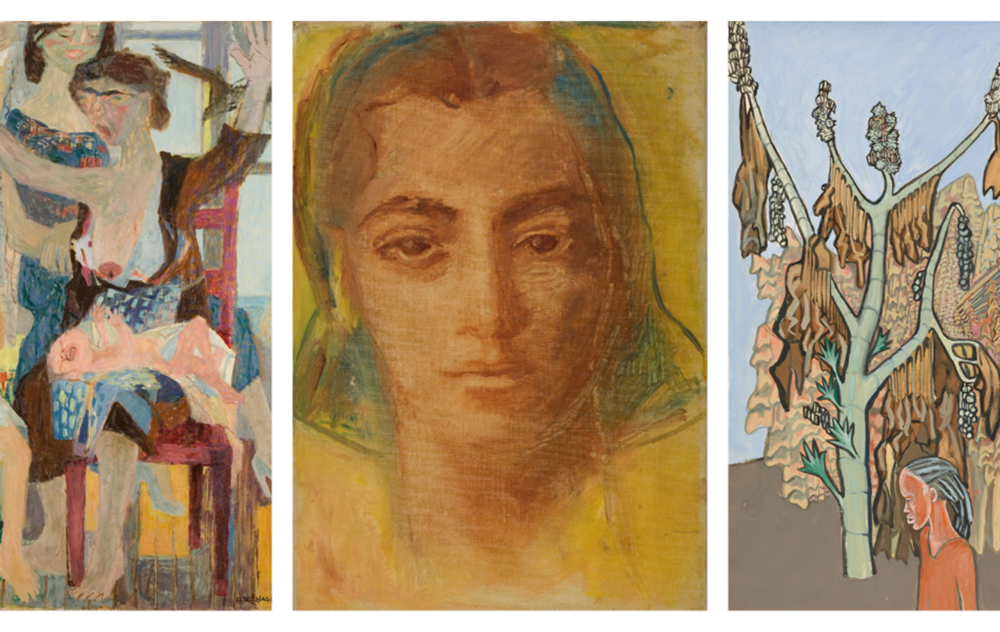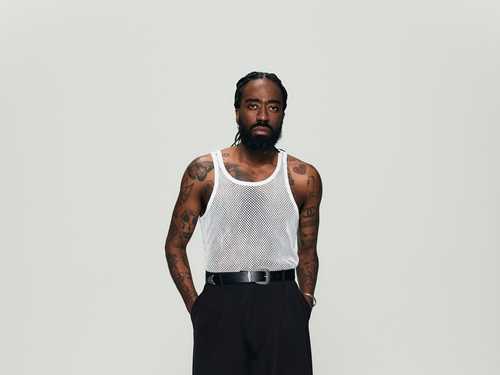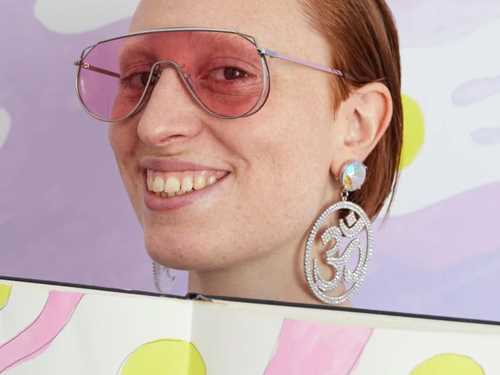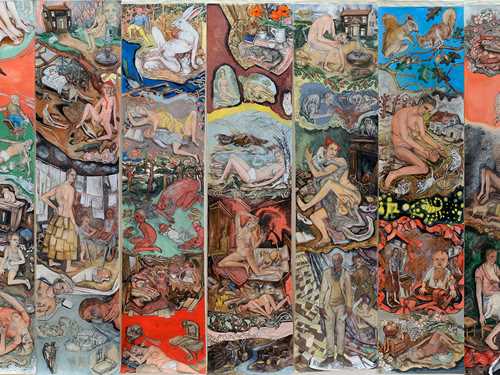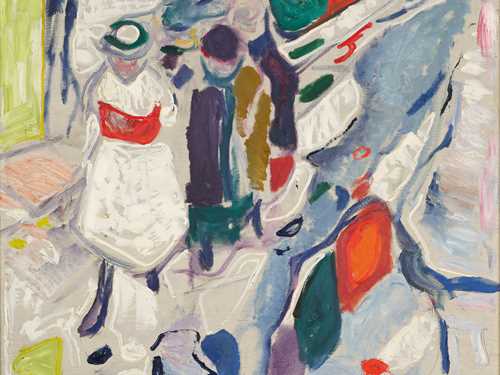Exhibition
Henrik Ibsen’s last play, When We Dead Awaken, follows an aging artist’s meeting with his former muse and lost love.
“We see the irretrievable only when we dead awaken,” she says - “we find that we have never lived.” In this exhibition it is the artwork of the Stenersen collection’s female artists which awakens to life.
Artists and cultural institutions both shape, and are shaped by, society and history. The choices Rolf Stenersen made when he built up his collection tell us, among other things, how the art world of the early twentieth century was dominated by men. The role of women was limited, and they most often appeared as muses, mothers, servants or nude models. So it is not surprising that only 16 of the 963 works in the Stenersen collection were made by women.
The five female artists who are represented in the exhibition have all, in their way, challenged the gender roles of their time, and created outstanding paintings. This exhibition presents works by Harriet Backer, Else Hagen, Julie De Holmberg Krohn, Teddy Røwde and Joronn Sitje, together with new work by four Oslo-based contemporary artists. Marius Engh, Mai Hofstad Gunnes, Eline Mugaas and Line Bøhmer Løkken reflect on the social and historical narratives that lie behind the formation of collections such as Stenersen’s, and explore different approaches to creating, collecting and exhibiting art.
About the artists
Harriet Backer (1845–1932) was an influential exponent of naturalist painting and early impressionism, and is known for her detailed interiors and landscapes in the realist tradition.
Else Hagen (1914–2010) was concerned with the human body in motion, and her motifs are often drawn from everyday life. At the same time, her political commitment was often visible, and she has made a distinctive contribution to public buildings across Norway through several prestigious public commissions.
Julie De Holmberg Krohn (1882–1956) often painted still lives, with views through windows as backgrounds, as well as landscapes from diverse locations. She also experimented with decorative art, including silverware and embroidery.
Teddy Røwde (1912–1994) often worked in small formats, and approached her motifs with a meticulous eye for detail. She was inspired by the scenes she encountered on her many journeys through Europe, the USA and Mexico, as well as by her immediate environment in Oslo. She developed a distinctive style, typified by tiny, dense and neat brushstrokes, that characterized her small, but innovative and unique, body of work.
Joronn Sitje (1897–1982) is known for her exotic motifs and a varied body of work that embraces landscape, portraiture and fantastic imagery gathered during long periods living outside Norway. Her work often followed her personal commitments, and among the issues she raised in her art were female circumcision in East Africa and the persecution of the Jewish population in the inter-war years.
Marius Engh works with installation, text and photography, and his art is perhaps best described as neo-conceptualism. For this exhibition he has produced two new sculptures in steel.
Mai Hofstad Gunnes often collaborates with actors and dancers to make her film works, and also makes collages and installations. Her film B. The Second Letter from 2015 shows the thought processes of an obsessive collector, with the help of dancers who portray the main character’s stream of consciousness.
Eline Mugaas is a photographer, curator and fanzine editor. For When We Dead Awaken, she has produced a series of large-scale images that explore gender roles both in art and contemporary society.
Line Bøhmer Løkken’s photographs explore the ways in which people experience different places and environments. Here she shows pictures from the project Sameti, which explores a cabin that belonged to Marcello Haugen, a mystic and self-declared psychic medium. Since Haugen’s death the cabin has been left unattended but open to visitors who can rearrange, or add to, the collection of object it contains, which have become charged with their own mystical significance
